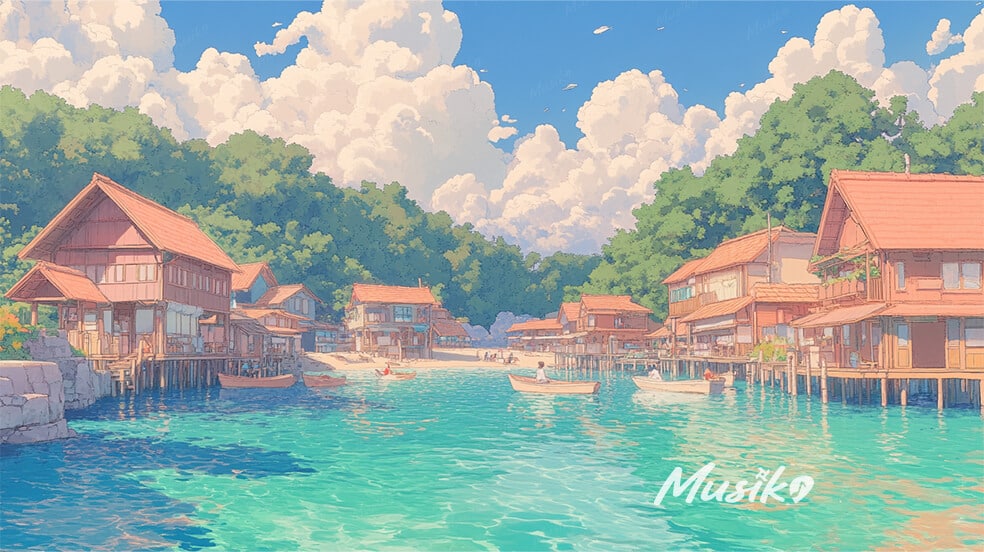🌴 South Ubian
Welcome to South Ubian, a serene and culturally rich municipality in the enchanting province of Tawi-Tawi, Philippines. Surrounded by turquoise waters and dotted with untouched islands, this peaceful paradise is a true treasure waiting to be discovered by nature lovers, history buffs, and cultural explorers.
📍 About the Place
South Ubian is one of the southernmost municipalities in the Philippines, composed of several small islands rich in biodiversity and marine life. Known for its strong Sama and Badjao heritage, it offers a glimpse into a way of life that has remained beautifully untouched by modern chaos. Here, tradition thrives, smiles are warm, and the ocean breeze carries stories of centuries-old customs.
⛩️ Landmarks and Historical Sites
One of the most fascinating sites in South Ubian is the Sheik Makhdum Mosque in Tubig Indangan, Simunul (just a boat ride away), considered the oldest mosque in the Philippines. Though technically in Simunul, its influence touches South Ubian due to cultural and historical ties. The Bato-Bato Port in South Ubian is the town’s main gateway and a perfect place to watch the hustle of daily island life.
🏖️ Tourist Spots to Explore
- Panguan Island: A remote island paradise near the border of Malaysia, it features powdery white sand beaches and crystal-clear waters perfect for snorkeling and beach camping.
- Bajau Floating Villages: Experience the unique stilt houses built over the water, showcasing the indigenous lifestyle of the Badjao sea gypsies.
- Traditional Sama Villages: Walk through communities where intricate weaving, mat-making, and boat-building are still practiced.
🎭 Culture and Festivals
South Ubian bursts with authentic Sama and Badjao culture. The Kamahardikaan Festival celebrates the rich heritage of the Sama people through traditional dances, colorful costumes, and maritime parades. Music, like the kulintang and agong, creates rhythmic beats that echo through the coastal air.
🍲 Food You Must Try
Feast on Latal, a traditional Tausug platter composed of seaweed, grilled fish, native cakes, and coconut-based dips. Tiyula Itum, a spicy black beef soup, and fresh danggit or dried fish are everyday staples. Don’t forget the sweet and chewy baulo tapung (rice flour cake) for dessert!
🎶 Music and Traditions
The music of South Ubian is rooted in tradition. Instruments like the kulintang, gabbang (bamboo xylophone), and agong (brass gong) play during festivals, weddings, and village gatherings. Dance and music are inseparable from the daily life of the Sama and Badjao people.
🌊 What South Ubian is Known For
- Rich Sama-Badjao heritage
- Proximity to the historic first mosque in the Philippines
- Peaceful, pristine island life
- Vibrant maritime culture and sea-based traditions
- Authentic Filipino-Muslim hospitality





